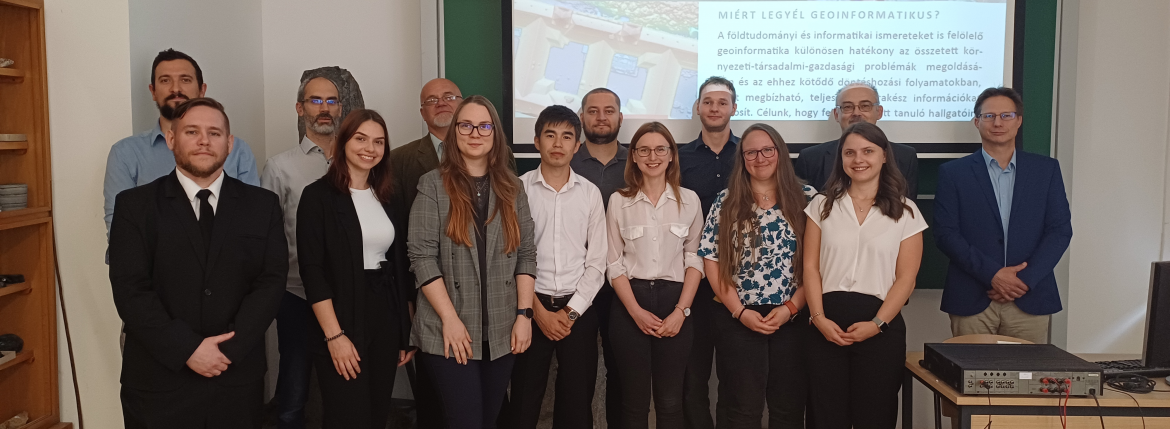- Városklíma Kutatócsoport:
- Publikációk.
- Projektek.
-
Acta Climatologica:
- Tomus 55. (2021).
- Tomus 54. (2020).
- Tomus 53. (2019).
- Tomus 51-52. (2018).
- Tomus 50/B (2016).
- Tomus 49-50. (2016).
- Tomus 47-48. (2014).
- Tomus 46. (2012).
- Tomus 44-45. (2011).
- Tomus 42-43. (2009).
- Tomus 40-41. (2007).
- Tomus 38-39. (2005).
- Tomus 36-37. (2003).
- Tomus 34-35. (2001).
- Tomus 32-33. (1999).
- Tomus 31/A (1997).
- Tomus 30. (1996).
- Tomus 28-29. (1995).
- Tomus 27. (1993).
- Tomus 24-26. (1992).
- Tomus 21-23. (1989).
- Tomus 18-20. (1985).
- Tomus 16-17. (1980).
- Tomus 14-15. (1977).
- Tomus 13. (1974).
- Tomus 12. (1973).
- Tomus 11. (1972).
- Tomus 10. (1971).
- Tomus 9. (1970).
- Tomus 8. (1969).
- Tomus 7. (1967).
- Tomus 6. (1966).
- Tomus 4-5. (1965).
- Tomus 2-3. (1963).
- Tomus 1. (1959).
- .
- Egyéb kiadványok:
- .
Guo Y, Gál T, Tian G, Li H, Unger J: Model development for the estimation of urban air temperature based on surface temperature and NDVI – a case study in Szeged
DOI: https://doi.org/10.14232/acta.clim.2020.54.3
Y Guo1, T Gál1, G Tian2, H Li2,3, J Unger1
1Department of Climatology and Landscape Ecology, University of Szeged, Egyetem u. 2., 6720 Szeged, Hungary
2College of Landscape Architecture and Art, Henan Agricultural University, Nongye str. 63., 450002 Zhengzhou, China
3Department of Landscape Planning and Regional Development, Szent István University, Villányi u. 29-43., 1118 Budapest, Hungary
E-mail: guoyuchen@geo.u-szeged.hu
Summary: Predictive models for urban air temperature (Tair) were developed by using urban land surface temperature (LST) retrieved from Landsat-8 and MODIS data, NDVI retrieved from Landsat-8 data and Tair measured by 24 climatological stations in Szeged. The investigation focused on summer period (June−September) during 2016−2019 in Szeged. The relationship between Tair and LST was analyzed by calculating Pearson correlation coefficient, root-mean-square error and mean-absolute error using the data of 2017−2019, then unary (LST) and binary (LST and NDVI) linear regression models were developed for estimating Tair. The data in 2016 were used to validate the accuracy of the models. Correlation analysis indicated that there were strong correlations during the nighttime and relatively weaker ones during the daytime. The errors between Tair and LSTMODIS-Night was the smallest, followed by LSTMODIS-Day and LSTLandsat-8 respectively. The validation results showed that all models could perform well, especially during nighttime with an error of less than 1.5℃. However, the addition of NDVI into the linear regression models did not significantly improve the accuracy of the models, and even had a negative effect. Finally, the influencing factors and temporal and spatial variability of the correlation between Tair and LST were analyzed. LSTLandsat-8 had a larger original error with Tair, but the regression model based on Landsat-8 had a stronger ability to reduce errors.
Key words: Surface temperature, air temperature, NDVI, correlation and error analysis, predictive model, Szeged
Friss Hírek

9 geoinformatika mesterszakos hallgató fejezte be sikeresen tanulmányait a Szegedi Tudományegyetemen. Gratulálunk hallgatóinknak!
Kar, Intézet
Tanszékek
AZ EGYETEMRŐL
HASZNOS OLDALAK
6722 Szeged, Egyetem u. 2.
Telefon: 36-62-544-856
E-mail: clima.ttik@szte.hu



